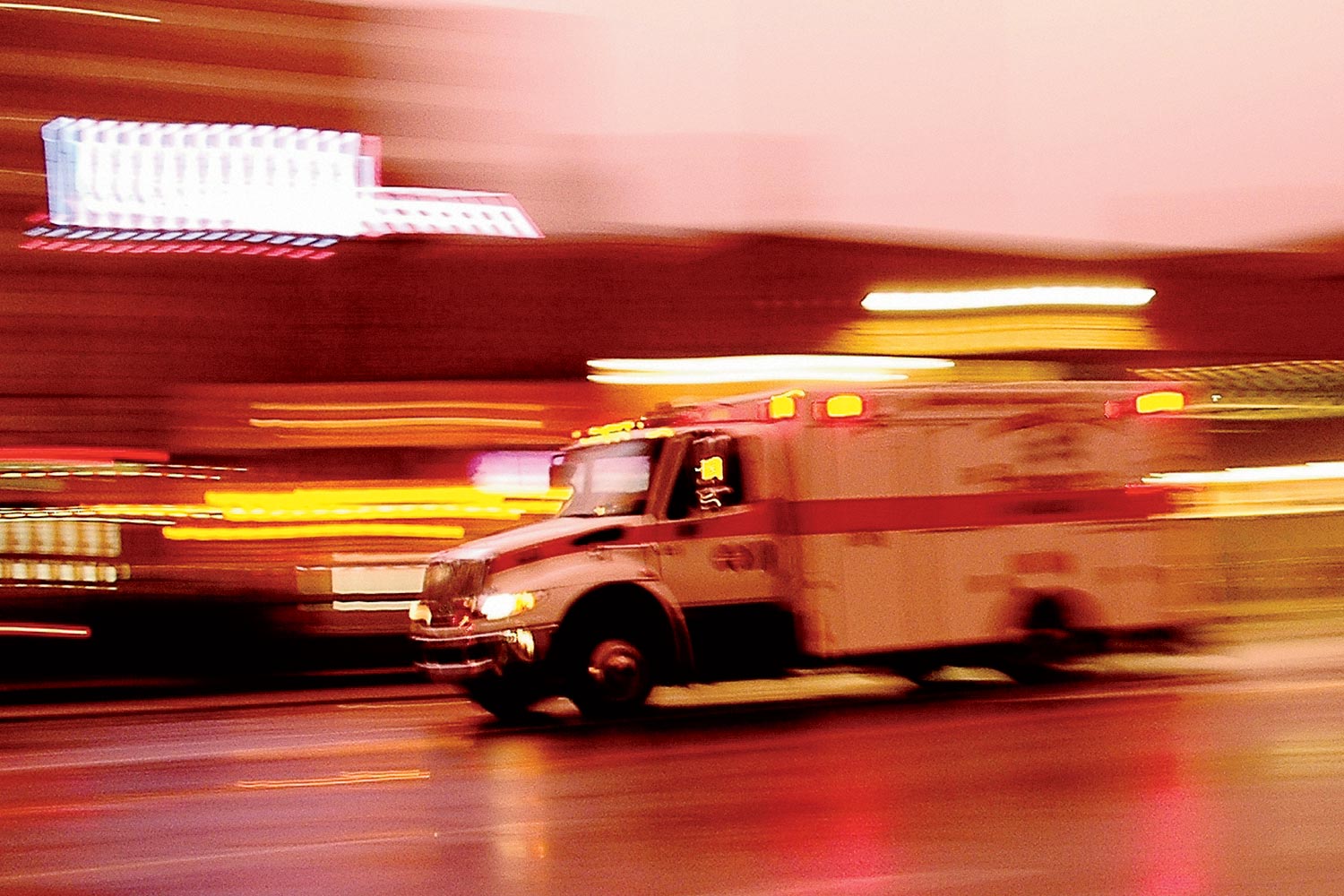When the University of Chicago Medicine announced in December that it would open a new trauma center on the South Side, activists cheered. Now, finally, there would be more help for victims of all-too-routine shootings in that part of town. But that’s not the only reason to rejoice. The new facility, scheduled to open in 2018, will help address a key vulnerability: Among major U.S. cities, Chicago is particularly ill-equipped, in terms of trauma center capacity, to handle a Paris-style terrorist attack.
The main factor is surge capacity, or the ability to handle a sudden influx of patients. “If there were some mass shooting [in Chicago], then very quickly any one of these hospitals might run out of that capacity,” says Dr. LaMar Hasbrouck, former director of the Illinois Department of Public Health and now executive director of the National Association of County and City Health Officials.
The new U. of C. facility will give the city a seventh Level I trauma center—those with the highest level of emergency care—to shoulder some of the potential load. Rebecca Parker, a Chicago-area ER doctor and president-elect of the American College of Emergency Physicians (ACEP), calls it “crucial” to the city’s preparedness.
Back in 2008, the U.S. House Committee on Oversight and Government Reform looked at the trauma capacity of seven cities considered to be the biggest potential targets for terrorist attacks: New York, Los Angeles, Chicago, Houston, Washington, D.C., and (because they were sites for presidential conventions that year) Minneapolis and Denver. Chicago ranked second-worst in the ability to handle a situation similar to the 2004 bombing in Madrid, which injured 2,000 people. (Only Washington, D.C., rated worse.) The four Chicago trauma centers the committee examined were, on average, operating at 134 percent capacity on a typical Tuesday afternoon, and three of those centers “had no available treatment space in the emergency room to accommodate new patients,” the report said.
There’s no reason to think the situation has gotten better. Yes, Lurie Children’s Hospital has since built a Level I trauma center in Streeterville, but it’s strictly for kids (as is the one in Comer Children’s Hospital). Two years ago, ACEP gave Illinois as a whole an F for disaster preparedness, ranking it the sixth-worst in the nation, in part because surge capacity across the state plummeted from 576 beds per million people in 2009 to only 290 beds per million in 2014.
To get a sense of how much boosting a city’s surge capacity matters, consider the bombings at the 2013 Boston Marathon, which killed three and injured 264. Medical experts say the death toll stayed as low as it did because that city had five adult Level I trauma centers within two and a half miles of the attack—and some patients were admitted as soon as 12 minutes after the explosion, according to the American College of Surgeons.
In fact, in Boston, there’s a trauma center for every 10 square miles; in Chicago, there’s currently one for every 57 square miles. Then factor in this city’s traffic. On any given day, it takes 17 to 19 minutes for an ambulance to take patients from Hyde Park, for example, to a Level I trauma center, according to a 2011 WBEZ report.
Delays, of course, can be deadly. In a study published in the American Journal of Public Health in 2013, researchers at Northwestern University found that gunshot victims who were more than five miles from a trauma center were 23 percent likelier to die. And several pockets in the Chicago metro area—including much of the South Side, as well as the Northwest Side’s Portage Park, west suburban Elmhurst, and around O’Hare—fall outside that radius and into a so-called trauma desert.
The new U. of C. trauma center will be a godsend for the South Side, but its impact will be felt citywide. “More capacity anywhere means more capacity everywhere,” Hasbrouck says.
Trauma Deserts
Chicago’s four adult Level I trauma centers—and the four more that surround the city—cover a lot of area. But it might not be enough.




